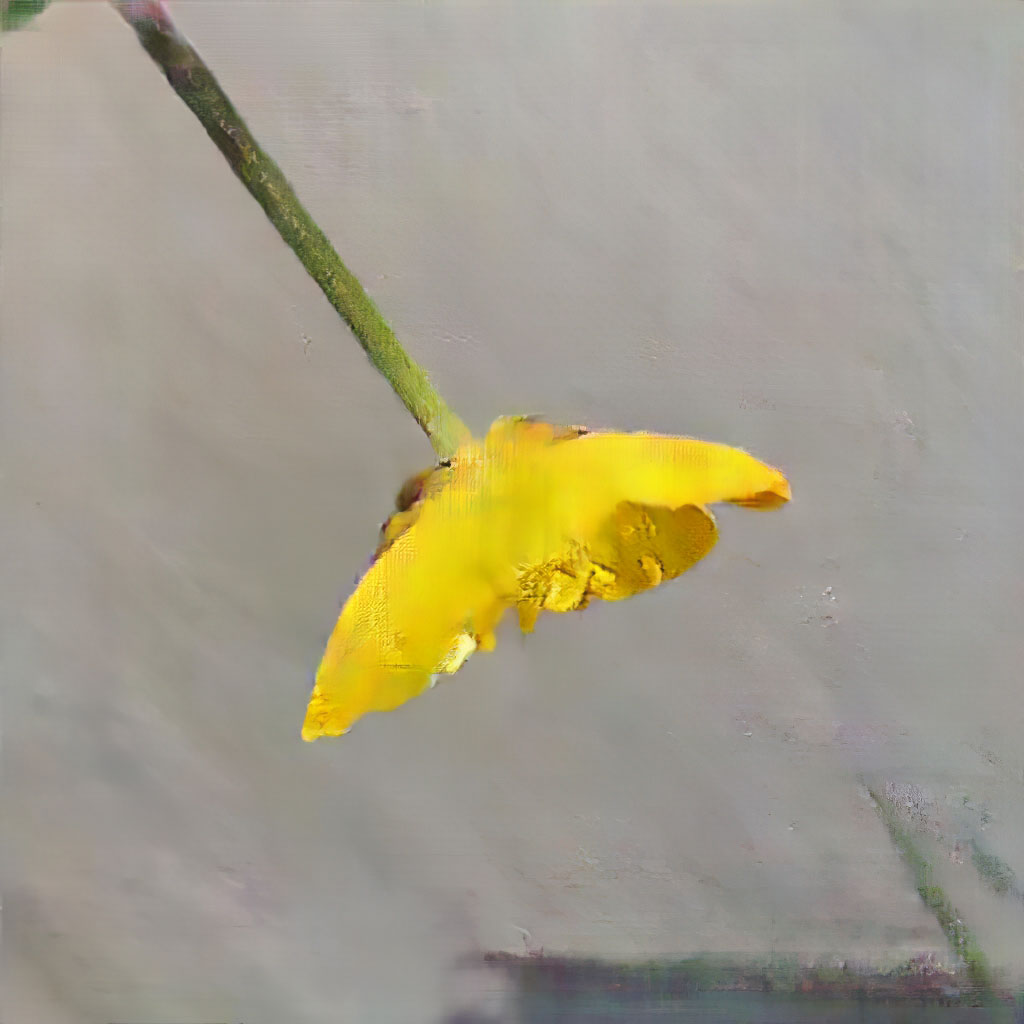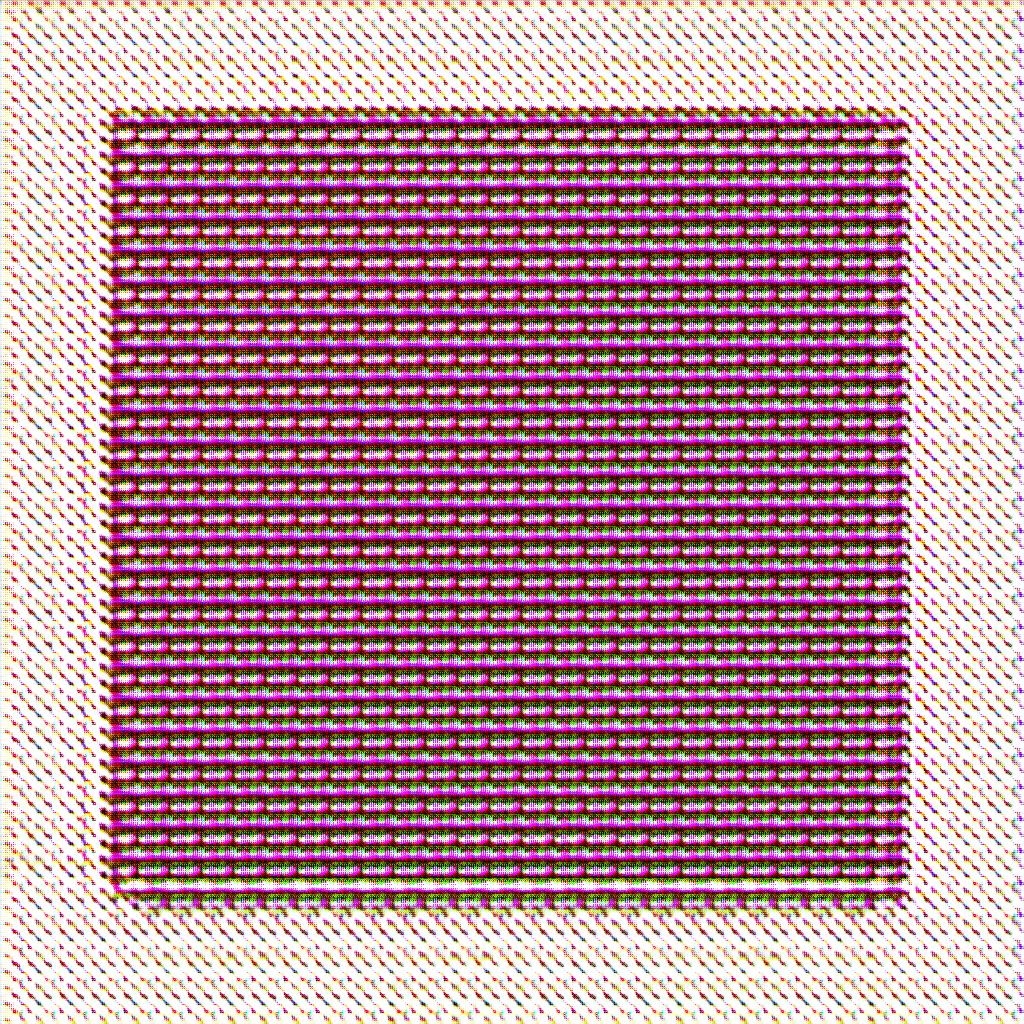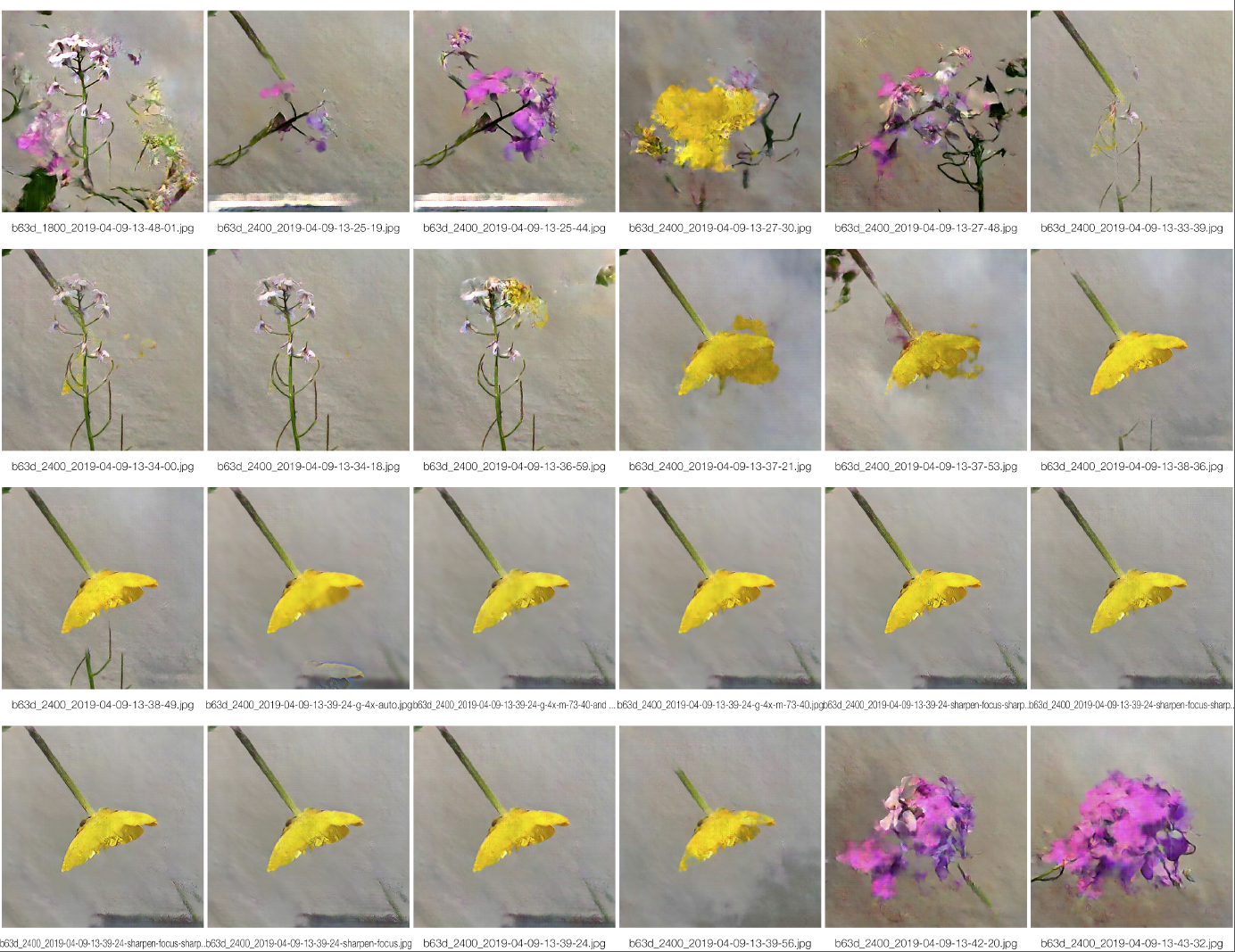David Young
David Young (*1964, Los Angeles) has a master's degree in visual studies from the Massachusetts Institute of Technology's Media Lab, and a bachelor's degree in computer science from the University of California, Santa Cruz. He has taught at Art Center College of Design, (Pasadena, CA) and Parsons School of Design (New York). His work has been exhibited at, amongst others, Kate Vass Galerie (Zurich), Schierke Seinecke Gallery (Frankfurt), Geste (Paris), CADAF (NY, Paris Miami), Terrain (Delhi), Institut (London), Anteism (Montreal), NeurlPS (Montreal), ISEA2019 (Gwangju), and Nanjing University. His works are in collections including Kunstmuseum Bonn and GENAP Collection (Erlenbach/Zurich) (both with darktaxa). His work has been featured in numerous magazines including the covers of Espace and IEEE Computer Graphics magazines. David Young lives and works in New York.
Link: www.davidyoung.art

David Young: Learning Nature (b63d,2400,19,4,9,13,39,24), Inkjet-Print, 45x45cm, 2018
David Young's images were created with the help of artificial intelligence. He applies this digital technology to flowers as a classic motif of traditional painting and photography, using a machine learning technology known as GANs (Generative Adversarial Networks). Young works with flowers selected on the basis of subjective criteria and picked by himself, which he digitally photographs in the photo studio. These approx. 100-200 photos are used as input, as "feed" for the further algorithmic processes. The GAN will then be trained to "understand" the visual patterns of the input flowers and to generate its own flower images on this basis. Usually these processes require a minimum of 1000-2000 images as input, Young consciously works with a 10-fold smaller number of input images, he speaks of “small GAN" or “little AI", which consciously leads to misinterpretations, "misreadings" and "inventions" of the AI. Young says: "The work is also an ongoing examination of 'little AI' and how it exists in contrast to the 'big AI' of corporations such as Google, Facebook, etc.". His investigations can be understood as models in this respect, as reductions of otherwise highly complex algorithmic processes. The generated images are printed as inkjet prints.
Text: Michael Reisch

David Young: Tabula Rasa (b67j,1357,1), 45x45 cm, Inkjet-Print, 2019

David Young: Tabula Rasa (b67m,1397,1), 45x45 cm, Inkjet-Print, 2019

David Young: Tabula Rasa (b67h2,300,rp), 18x30x3cm, Custom software (color, silent), LED screen, computer 2019

David Young: Learning Nature, Inkjet-Prints, each 45x45cm, 2018